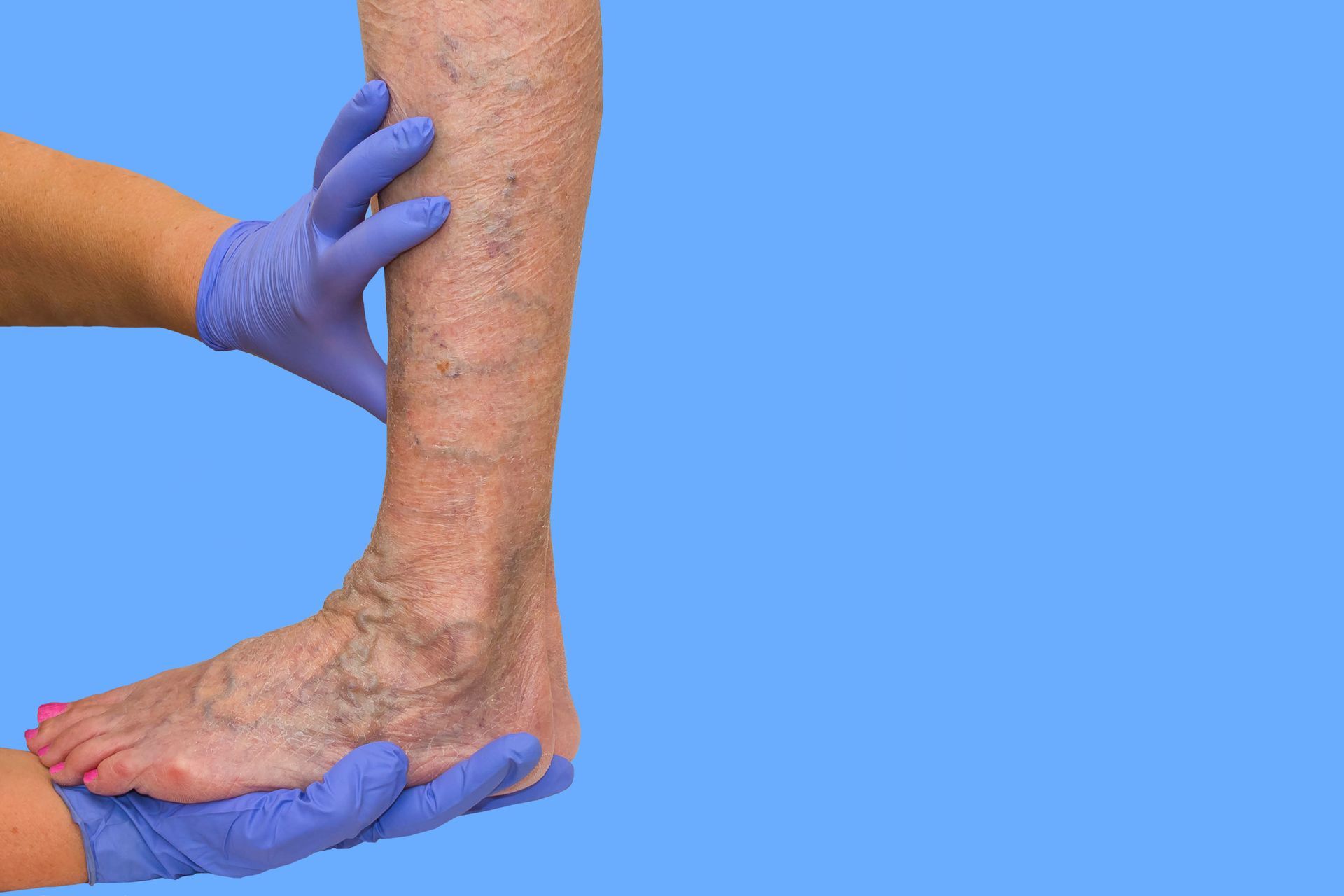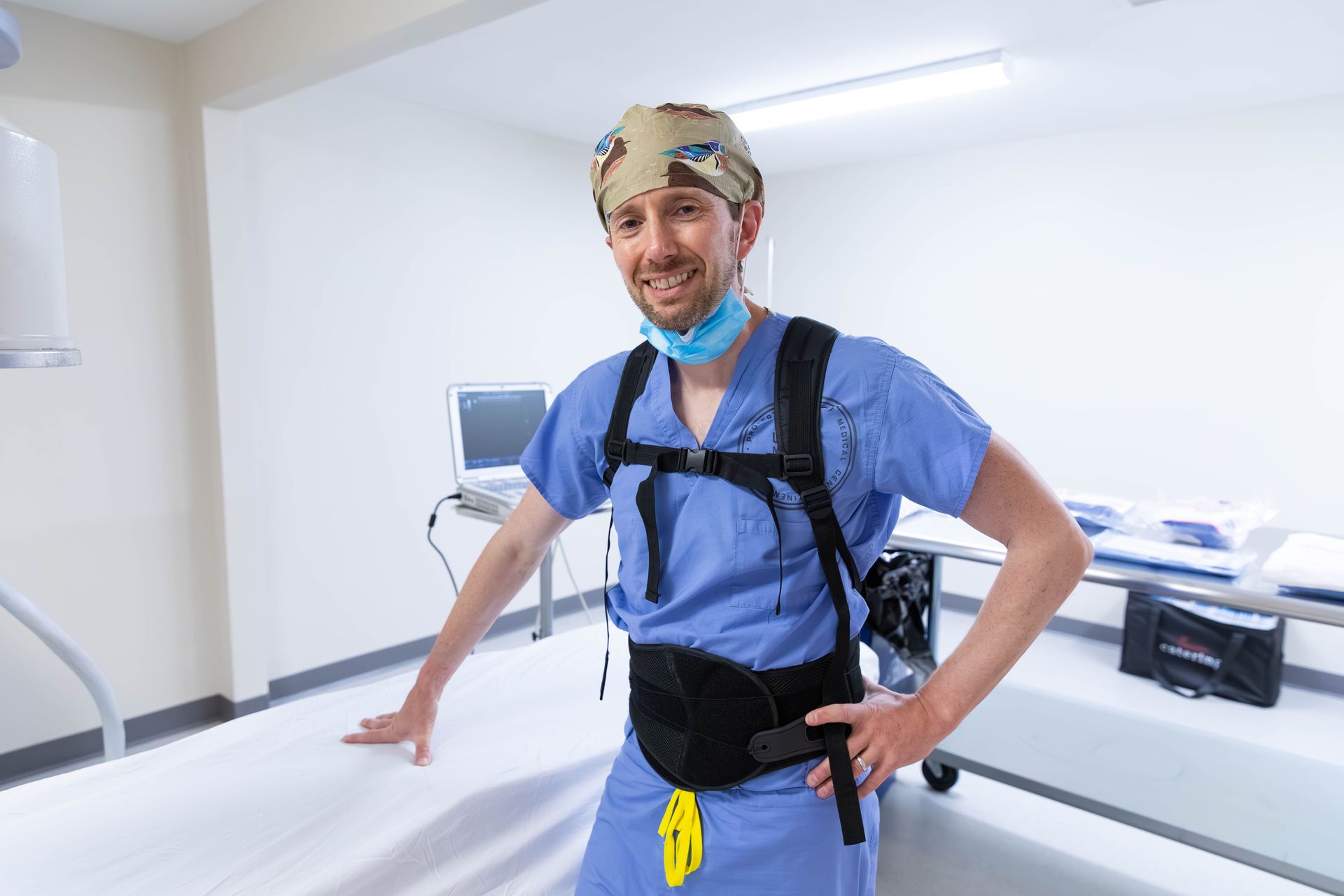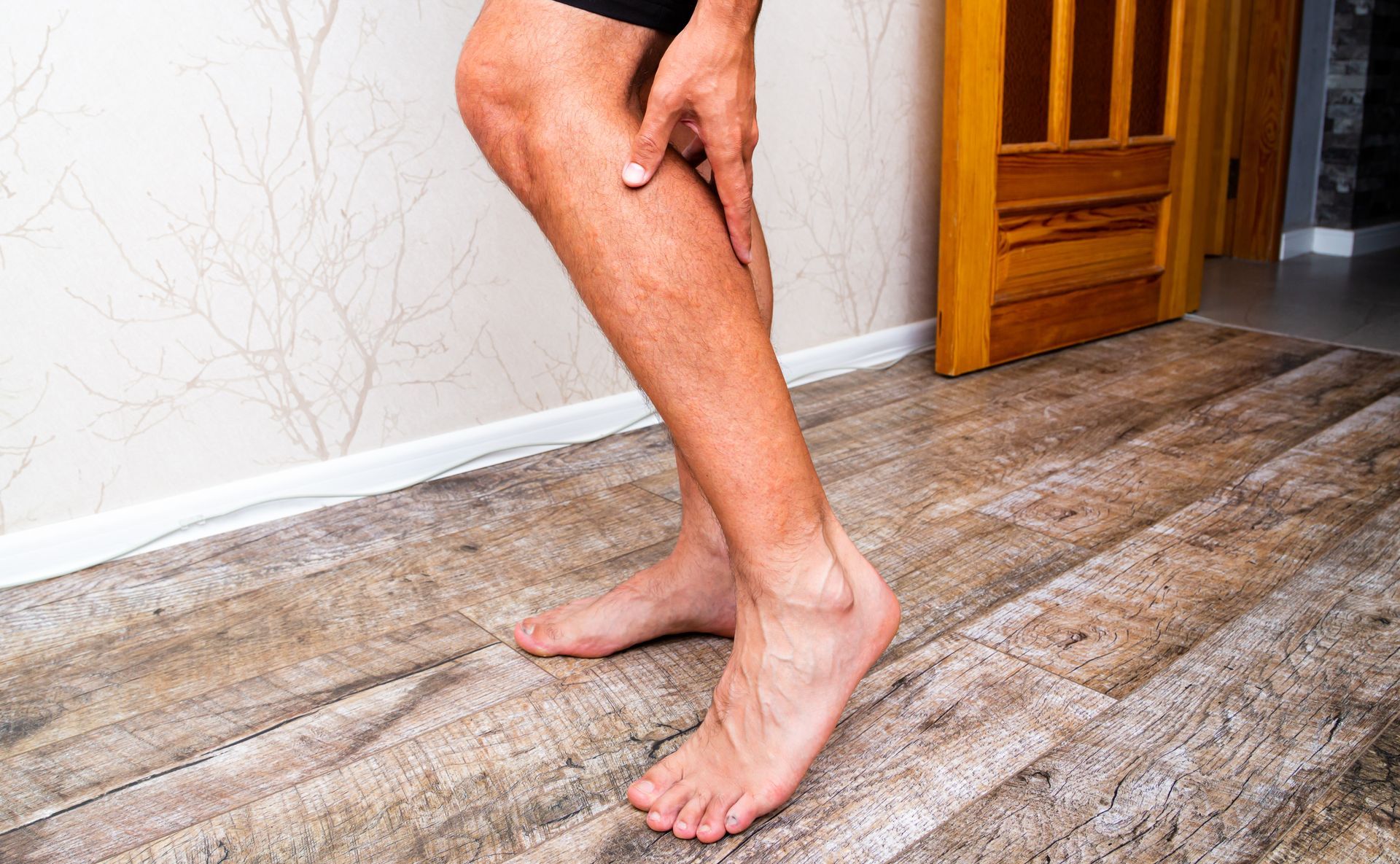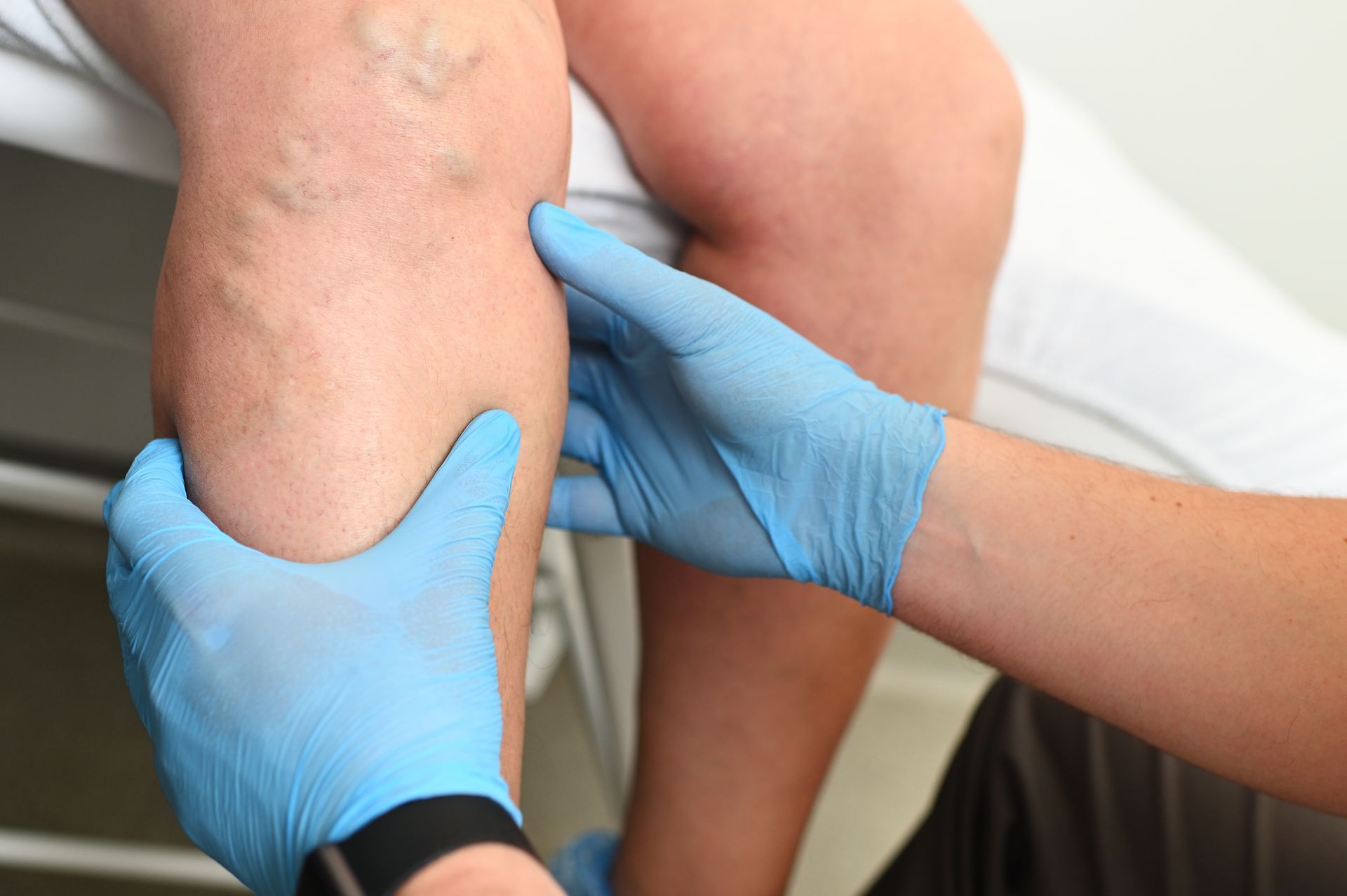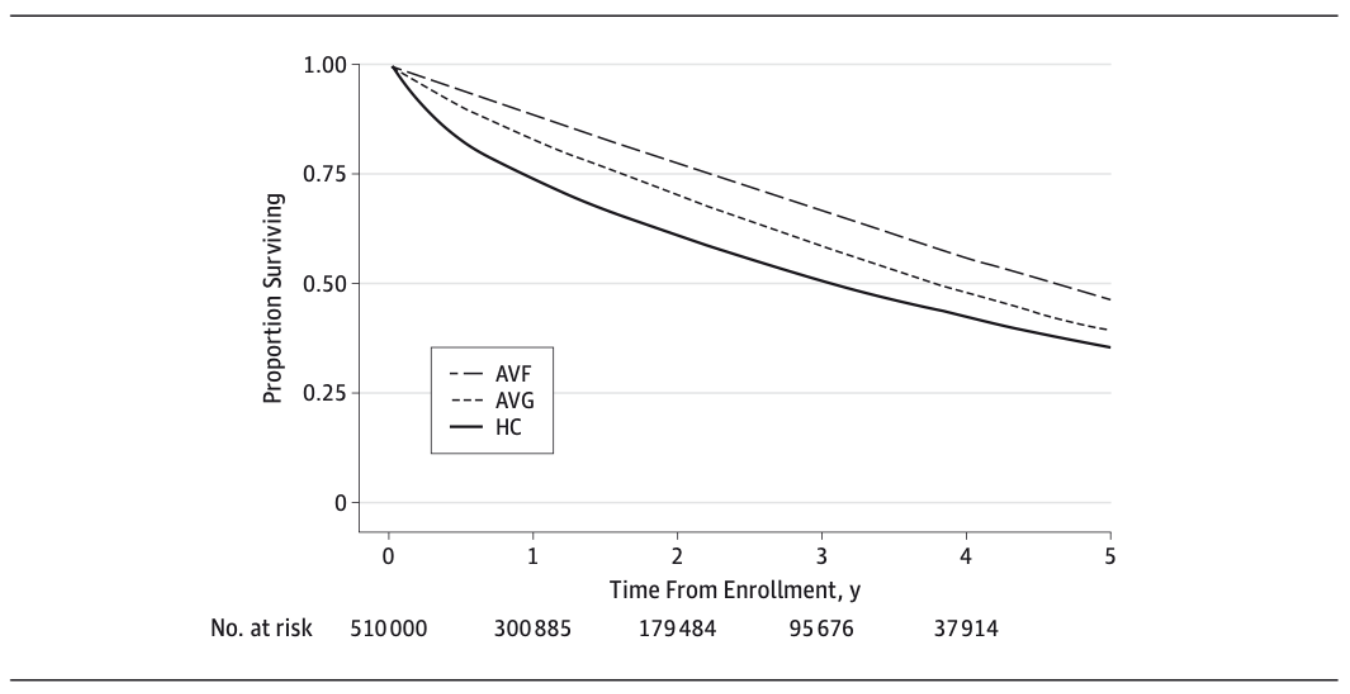The Benefits of Percutaneous Arteriovenous Fistulas: A Minimally Invasive Approach with Improved Cosmetic Outcomes
A reliable vascular access point is essential for patients undergoing dialysis. Traditionally, arteriovenous fistulas (AVFs) have been surgically created to connect an artery to a vein, allowing for efficient blood flow during dialysis. While these surgical fistulas are effective, they often have visible scars and longer recovery times. However, advancements in medical technology have introduced a less invasive option: the percutaneous arteriovenous fistula (pAVF). This modern technique not only offers functional benefits but also provides improved cosmetic outcomes.
What is a Percutaneous Arteriovenous Fistula (pAVF)?
A percutaneous arteriovenous fistula is a minimally invasive procedure that creates an AVF without traditional open surgery. Instead of making large incisions, a pAVF is created using catheters and image guidance. This approach involves inserting a small needle into the vein and artery, typically in the arm, and using a specialized device to connect the two blood vessels.
This technique is often performed in an outpatient setting and offers numerous advantages, especially compared to the traditional surgical method.
Improved Cosmetic Appearance
One of the most significant advantages of a percutaneous arteriovenous fistula is the improved cosmetic result. There is minimal scarring since pAVF procedures require only small punctures rather than large incisions. Here’s how pAVF enhances cosmetic outcomes:
- Smaller Scars: Traditional AVFs are created through open surgery, which involves making a visible incision on the arm. This can result in noticeable scarring that many patients find unsightly. With pAVF, the punctures made during the procedure are much smaller, leaving little to no visible scarring after healing.
- Reduced Swelling: pAVF's less invasive nature leads to less trauma to the surrounding tissue. As a result, patients experience reduced swelling and bruising compared to surgical AVF creation. This can significantly improve the arm's appearance in the days and weeks following the procedure.
- Aesthetic Symmetry: Since pAVF procedures use smaller incisions and do not require extensive cutting or manipulation of the skin, the overall aesthetic appearance of the arm is more symmetrical and natural. This can be a significant benefit for patients concerned about visible changes to their appearance.
Faster Recovery and Lower Complication Rates
Beyond the cosmetic benefits, pAVFs offer additional advantages when it comes to recovery and complications:
- Quicker Recovery Time: Because pAVFs are less invasive, patients typically experience faster recovery times than traditional surgical fistulas. Many patients can return to normal activities sooner, and there is less postoperative discomfort.
- Lower Risk of Infection: The smaller incisions made during pAVF procedures reduce the risk of infection, a common concern with surgical procedures. Fewer complications mean a smoother healing process and less need for follow-up care.
- Reduced Risk of Surgical Complications: Traditional AVF surgery carries risks such as excessive bleeding, nerve damage, or wound infections. The minimally invasive nature of pAVFs significantly reduces these risks, offering a safer option for patients.
Functional and Long-Term Benefits
While the cosmetic and recovery benefits of pAVF are important, it’s crucial to note that pAVFs provide the same functionality as surgically created fistulas. Both types of fistulas allow for efficient and reliable access for dialysis treatments, ensuring that the blood flow required for dialysis is uninterrupted. Studies have shown that pAVFs have similar long-term durability and success rates to traditional AVFs, making them a viable alternative for many patients.
Who is a Candidate for a Percutaneous Arteriovenous Fistula?
Not all patients are candidates for pAVF, but this option is ideal for those who prefer a less invasive procedure and seek a more cosmetically pleasing result. The decision to pursue a pAVF is made after thoroughly evaluating the patient’s vascular health and overall medical condition. Your vascular specialist will consider factors such as the size and health of your blood vessels, previous dialysis access, and your specific medical needs.
Conclusion
For dialysis patients seeking a reliable vascular access option with improved cosmetic outcomes, percutaneous arteriovenous fistulas (pAVFs) offer a modern and less invasive solution. With smaller incisions, reduced scarring, and faster recovery times, pAVFs are an excellent option for those looking to balance the functional needs of dialysis with the desire for a more aesthetically pleasing result.
At California Vascular Health Specialists, we are committed to providing the latest in minimally invasive vascular care. If you are considering dialysis access options, contact us today to learn whether a percutaneous arteriovenous fistula is right for you.
Let us help you find the best solution for your dialysis needs while ensuring your comfort and satisfaction with your vascular health.
